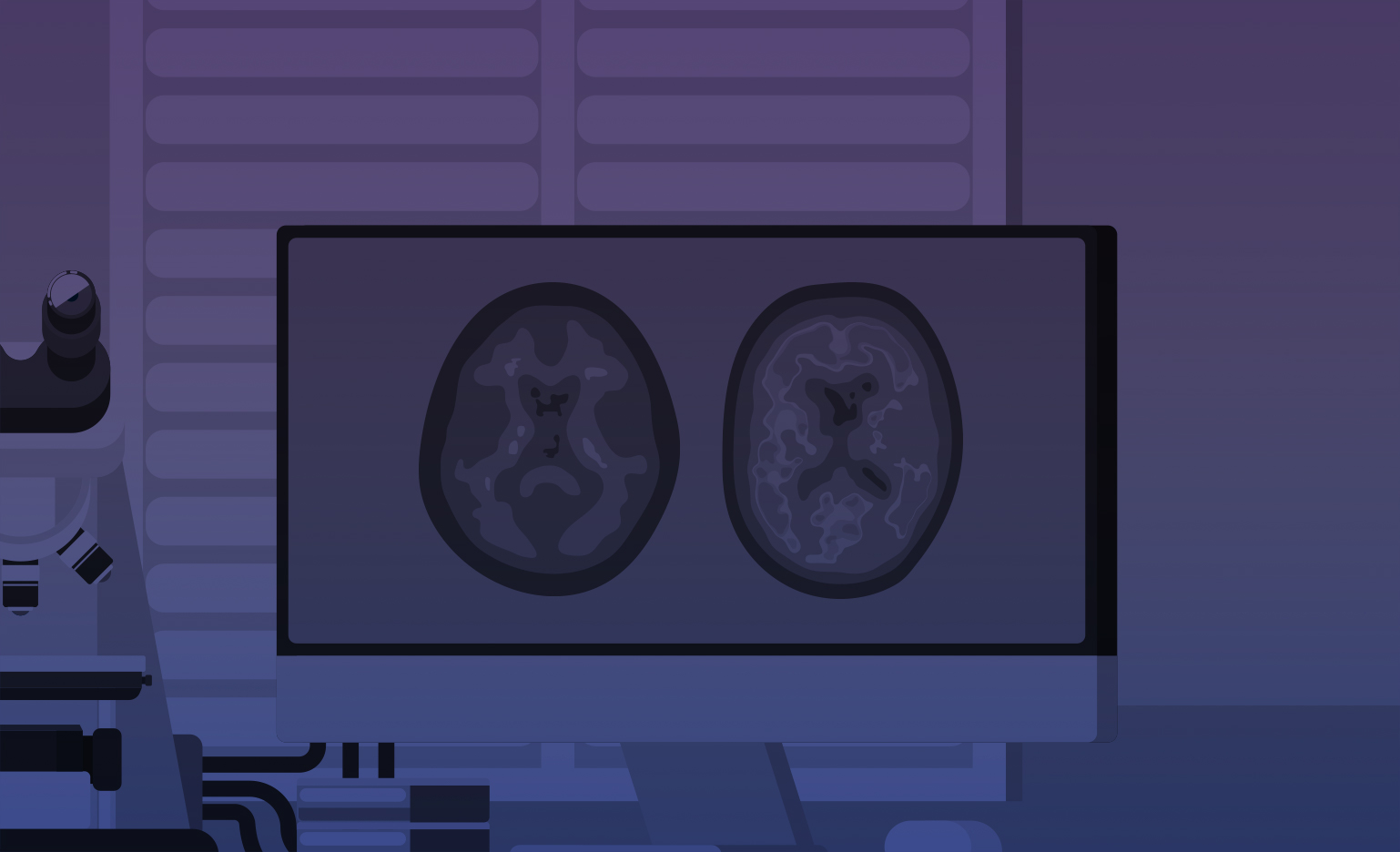BrainScope Company, Inc
BrainScope Company, Inc
Use of an intrinsic brain activity biomarker for the earliest prediction of cognitive decline
An estimated 55 million people worldwide live with dementia in 2020; this number will almost double every 20 years. The earliest identification of cognitive decline is a healthcare imperative, increasing the possibility of the identification of those at risk for decline, identifying targets for disease modifying therapies with potential of slowing progression, and the potential to enrich clinical trials subject populations.
The majority of existing research in dementia biomarkers focused on patients with mild cognitive impairment (MCI) who may already have substantial irreversible structural neuronal damage. Sensitivity to the earliest signs of the functional abnormalities that precede MCI has not been demonstrated and use of these biomarkers is costly and invasive. There remains an important need for a non-invasive novel machine learning derived brain activity biomarkers for the assessment of Alzheimer’s disease (AD) and related dementias. These mathematical models should be sensitive at the earliest stage of subjective cognitive decline and predict the progression of the disease prior to overt synaptic and neuronal loss. The temporal resolution of intrinsic brain activity makes it uniquely sensitive to such changes in intrinsic brain function reflecting different mechanisms of underlying pathophysiology, including those which may be present long before clinical diagnosis and structural injury. A seminal publication by the principal investigator identified quantitative electroencephalography (qEEG) patterns sensitive to brain alterations at the earliest time point in normal elderly and demonstrated high accuracy in predicting future cognitive decline to MCI and conversion to dementia. These abnormal brain biomarkers were seen at earlier time points than those identified by other measures, suggesting the potential of qEEG to detect the earliest sign of functional brain impairment before the onset of structural injury. While the number of patients was modest, the results were suggestive of the need for expansion, replication, and validation as proposed in this application.

